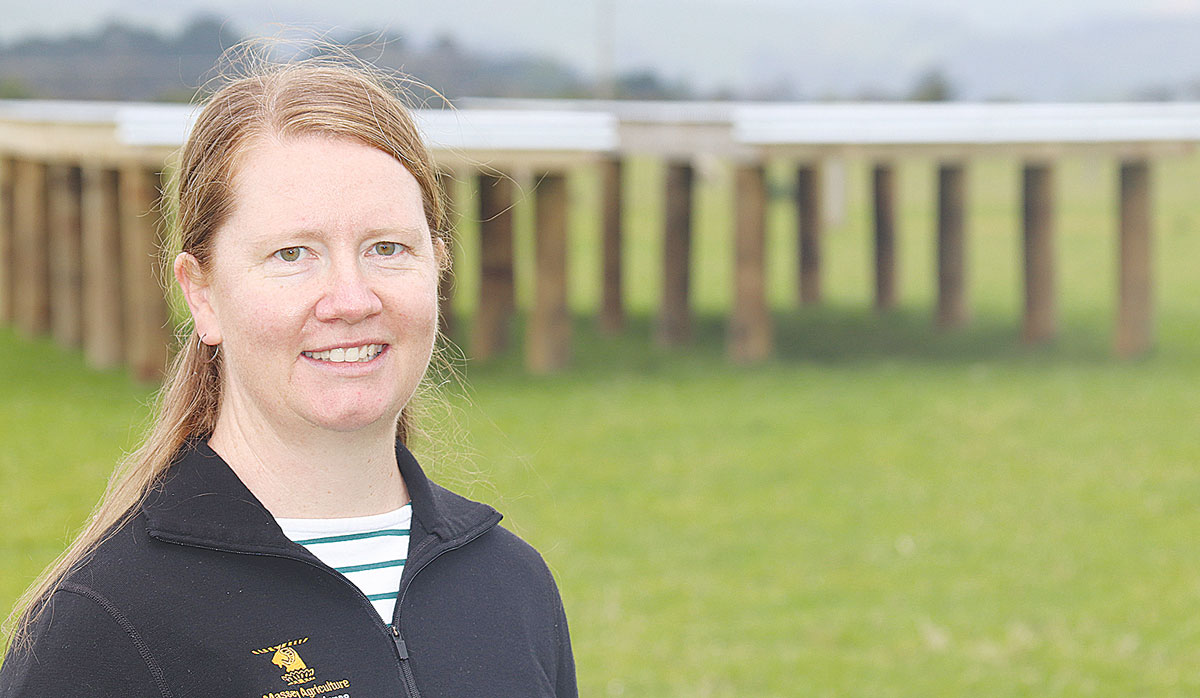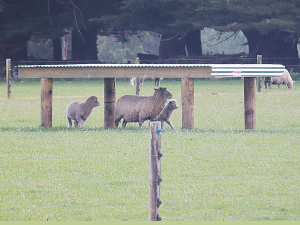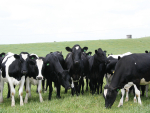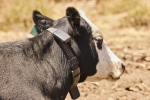How much shade and shelter do our sheep need in an era of more extreme weather and the lack of natural shelter on farms?
That’s the question Associate Professor Rene Corner-Thomas from Massey University is trying to determine as part of a significant joint Massey and Lincoln University funded research project being carried out at the Massey’s Riverside research farm near Masterton in the Wairarapa.
She says they initiated the project because of the ongoing weather effects of climate change and the fact that there has been a reduction in the amount of natural shade and shelter provided on farms due to the introduction of centre pivot irrigators and movement of sheep farms to more extreme environments. Corner-Thomas says lack of shade and shelter can have a direct effect on productivity and profitability.
“While sheep are hardy animals, when the environment gets hot it can affect their productivity because it tends to cause them to eat less. Because they have a lower feed intake, they don’t grow as fast as they should and ewes may not produce as much milk, so the lambs will grow more slowly,” she says.
To get robust data, Corner-Thomas and her team have built a series of shade and shelter structures and monitored animals using GPS and video technology. A weather station has also been installed to give accurate data on the weather conditions during the trial.
Three 1.5-hectare paddocks have been set aside and a wooden shade structure has been built in each.
In one paddock the shelter allows for 0.5m2 per ewe, the next paddock 1m2 and 2m2 in the third trial paddock. Twenty sheep are being grazed in each of these – half of which are shorn and the other half with their wool left on.
In each of the paddocks, but located a considerable distance from the main wooden structure, is a small area of windbreak attached to the fence with the aim of providing shelter from the strong westerly winds often experienced at Riverside.
“What we are trying to measure is exactly how much shade sheep need in order to help farmers to work out the shelter for their specific animals and farms. This will also help the government to develop policies around animal welfare on farm,” she says.
Each sheep has a collar with a GPS tracker attached to see exactly where they are in relation to the shelter. This collar does not harm or affect the animal. They also record the temperature the sheep are experiencing using a logger on the collar. This collects both the body and external temperature of the sheep so that scientists can assess the body’s response to the conditions.
“We also have video cameras which are motion activated and located on a post in front of each of the shade structures. We have a similar camera set up at the wind shelter so that we can visually record how sheep are making use of these structures,” says Rene Corner-Thomas.
 |
|---|
|
Associate Professor Rene Corner-Thomas, Massey University.
|
How Sheep React
Another factor being measured as part of this trial is the social interaction between the sheep.
Associate Professor Rene Corner-Thomas says sheep have their own hierarchy and if a dominant sheep is using the shade structure, less dominant sheep may be reluctant to go there. As a result, she says some sheep may not get the access to shade that they need.
The trial started in February this year and ran for one week in every month up until July. Corner-Thomas says the trial will resume in December and run through the summer months until February. The same trial is being carried out at by Dr David Scobie and his team at Lincoln University.
Corner-Thomas admits that the shelters that have been built at Riverside are ‘overengineered’ and she wouldn’t expect farmers to build something similar. She says pivot irrigators have seen many trees in paddocks removed but points out there are other shrub options that the irrigators can roll over. More shelter belts are also an option she adds.
She hopes this trial will back up the anecdotal evidence that sheep actively seek shade when it gets hot.
“On hot days, I have seen sheep sitting in even the smallest patch of shade such as that provided by fence posts,” she says.
She believes that animal welfare has always been important to many in NZ. But she says now it is becoming a vital part of the NZ story to assure our markets that not only is our food of the highest quality, healthy, safe and nutritional, but that our animals were well cared for.




















